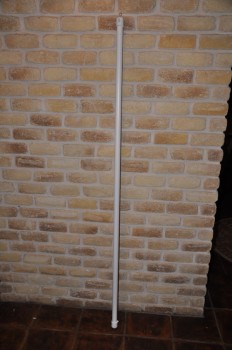 KING KONG DUAL BAND ANTENNA 2 METER & 70 CM
KING KONG DUAL BAND ANTENNA 2 METER & 70 CM
This Antenna comes in Dual Band 2 meter & 70 cm..
or just single band for 2 meter or just 70 cm.
We also make them for 220 mHz
FACTS
1. WATER PROOF
2. MADE OF 450 PSI PVC PIPE
3. OMNI – DIRECTIONAL
4. 6 dbi on VHF, 8 dbi or better on UHF
5. V.S.W.R. 1.2 and no higher than 1.8
6. POWER 150 Watts
7. VERTICAL OMNI With no radials
8. LENGTH 72 Inches
9. WIND SPEED 150 +
10. Screw Hook in top for easy suspension / hanging
11. Standard SO-239 Chassis Connector (coax not included)
COST $45. FOR SINGLE BAND – VHF, UHF, or 220 mHz
COST $65. FOR DUAL BAND VHF AND UHF
If you would like one call Andrew K5NNN on his cell 210-422-5304
See more pics below.. Read the rest of this entry »


![2010FieldDayLogo[1]](http://sanantoniohams.org/blog/wp-content/uploads/2010/03/2010FieldDayLogo1.jpg) The Bexar Operators Group (W5BOG) has unveiled it’s location for the 2010 ARRL Field Day event held on the last full weekend in June.
The Bexar Operators Group (W5BOG) has unveiled it’s location for the 2010 ARRL Field Day event held on the last full weekend in June. 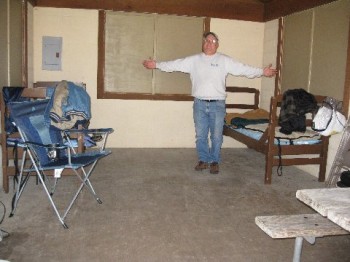 We traveled to the Calliham Unit of Choke Canyon State Park, about 15 miles west of the town of Three Rivers, which is about 80 miles south of San Antonio.
We traveled to the Calliham Unit of Choke Canyon State Park, about 15 miles west of the town of Three Rivers, which is about 80 miles south of San Antonio.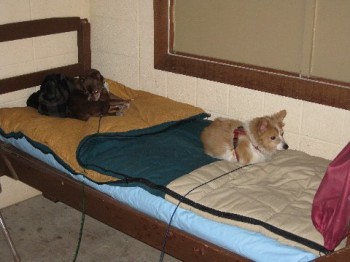
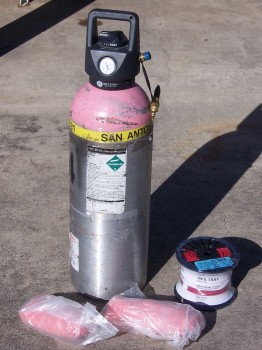
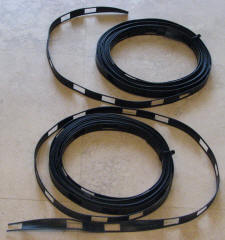 As explained in the November issue of “QST” (page 66) the ARRL examined the use of ladder-line and did some rudimentary testing of this cable in dry vs wet conditions.
As explained in the November issue of “QST” (page 66) the ARRL examined the use of ladder-line and did some rudimentary testing of this cable in dry vs wet conditions.